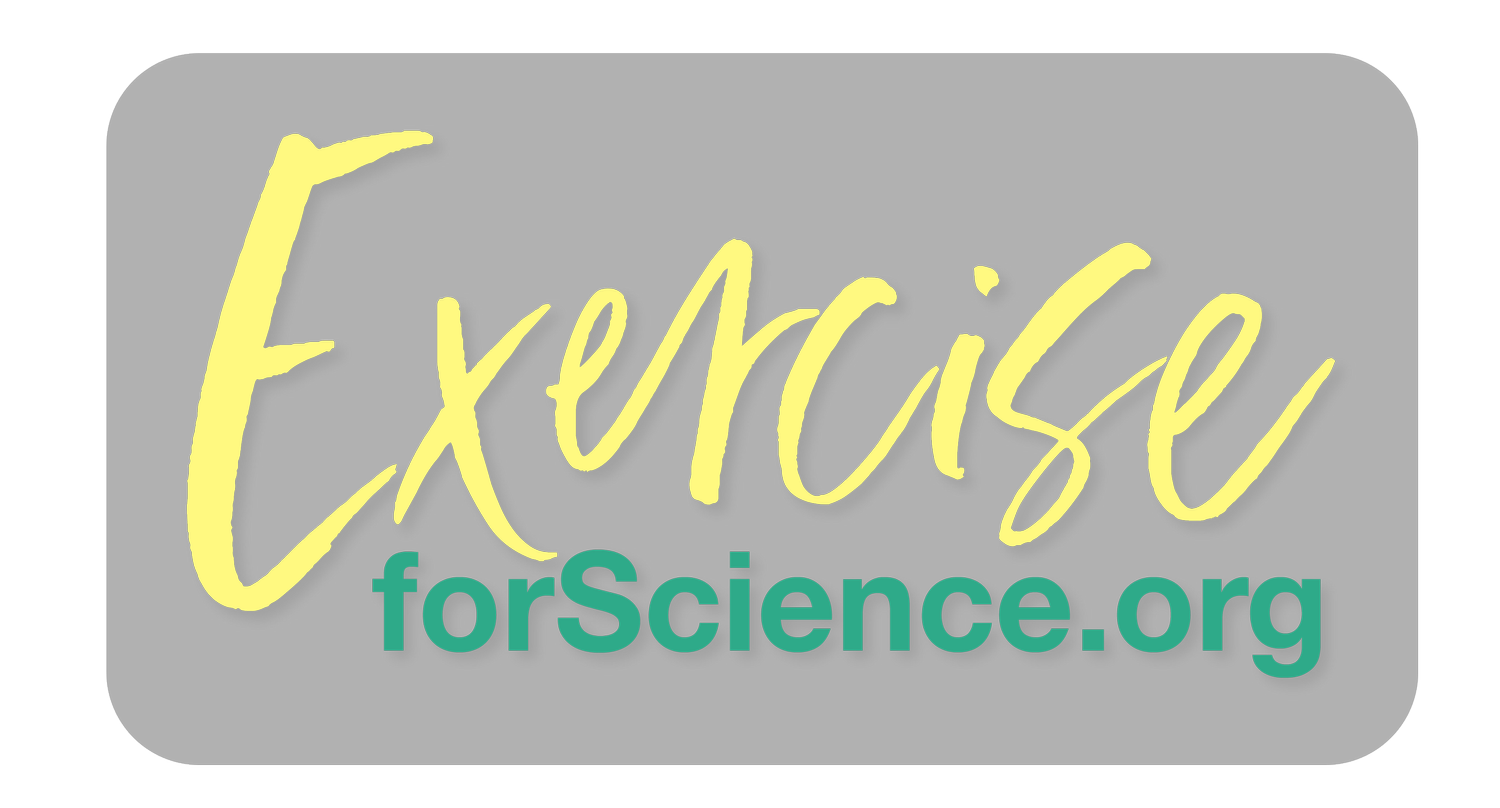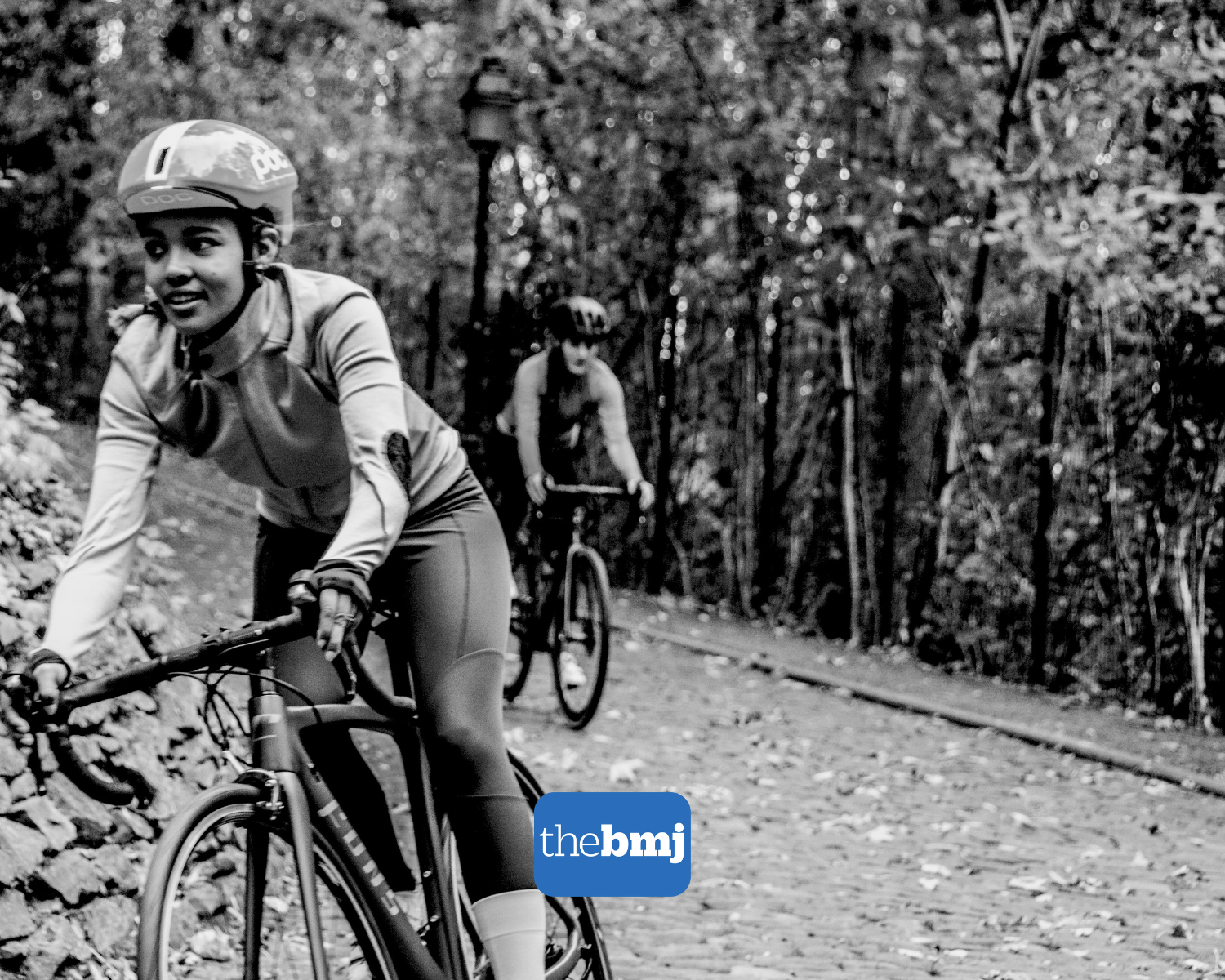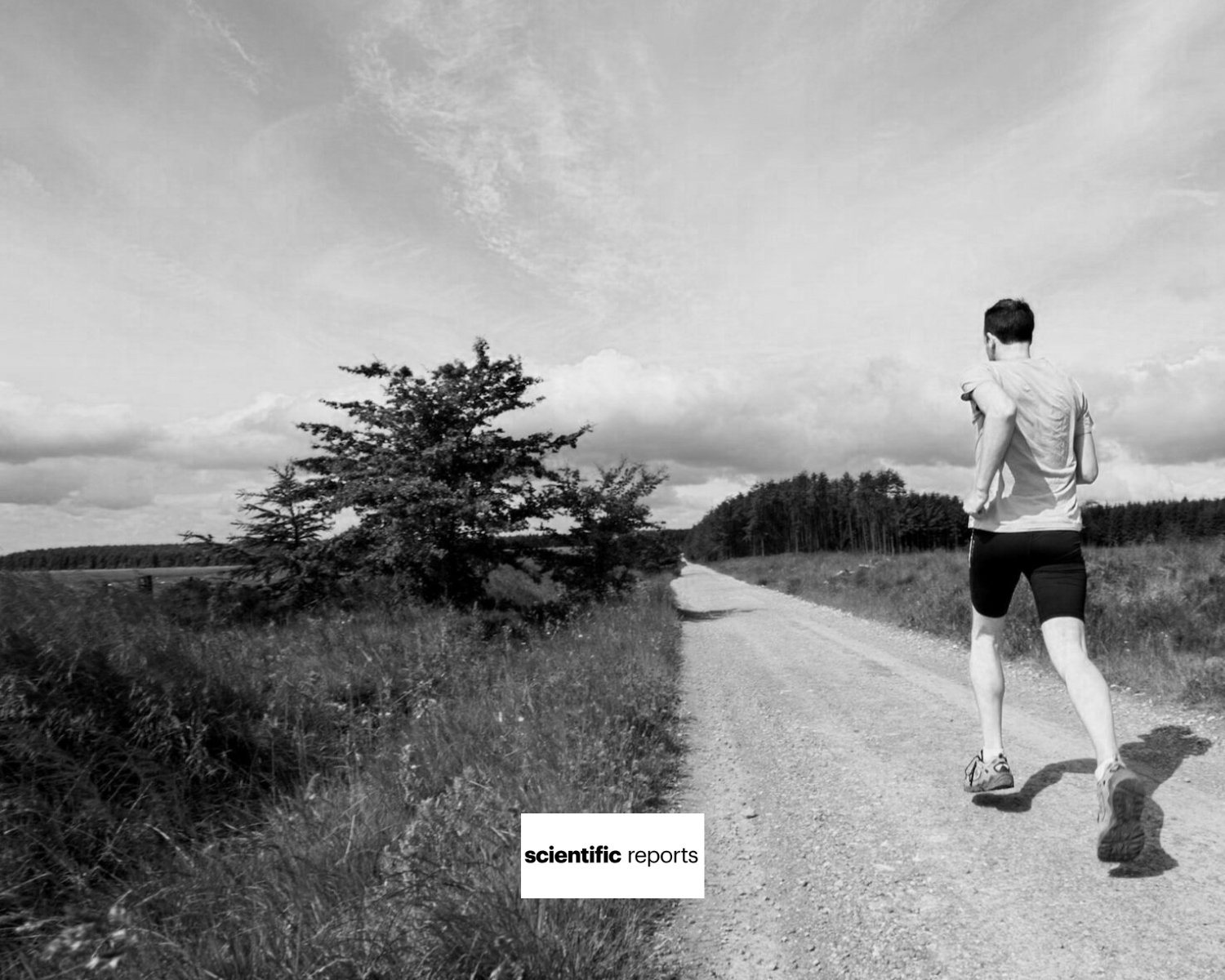How does cycling affect muscle mass?
Read how we’re referenced in the media
Published March 2023 in BMC Musculo Skeletal Disorders
There have been many studies into the cardiovascular effects of cycling, yet relatively few into the potential benefits for muscle health. Physical activity is crucial in delaying and reducing the effects of sarcopenia, which is the progressive loss of muscle mass and function as part of the natural ageing process. Our aim with this study was to quantify the benefits of cycling in helping prevent sarcopenia for this group, using magnetic resonance imaging.
Our study compared two matched groups of middle-aged adults: one that had adopted cycling as their main recreational physical activity and a group of physically inactive subjects. We used MRI scanning to explore the effects of cycling on muscle mass in the gluteal muscles. Results from 28 mid-life, male recreational cyclists were compared with those from 28 people describing themselves as inactive. We found cyclists to have lower levels of fat infiltration and greater muscle mass than inactive individuals of the same age.
Our research shows that cycling is a great way to delay those effects, by maintaining muscles and preventing them from being weakened by fat infiltration.
In short…
The study
We ran a study of two groups of middle-aged male adults (average 49 years), studying their pelvis via MRI.
The groups consisted of 28 physically inactive men, and 28 recreational cyclists who had cycled more than 7000 km in the last year and have been training for 15 years on average.
We processed the MRI scans by labelling and computing the muscle volume and level of fat within the gluteus maximus and gluteus medius. We also measured the volume of subcutaneous adipose tissue (SAT).
What we found
We found that the cyclist group had lower levels of fat infiltration in their muscles.
Cyclists had also larger muscles than the physically inactive group. Muscle mass and fat infiltration were strongly correlated with SAT volume.
What it means
These results suggest that cycling could help preserve muscle mass and composition in middle-aged men.
Although more research is needed to support these results, the study adds new evidence to support public health efforts to promote cycling.







